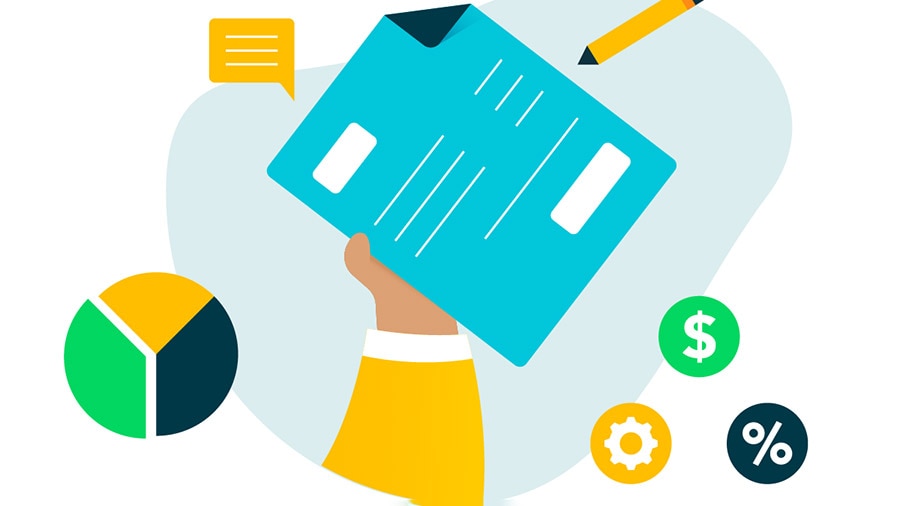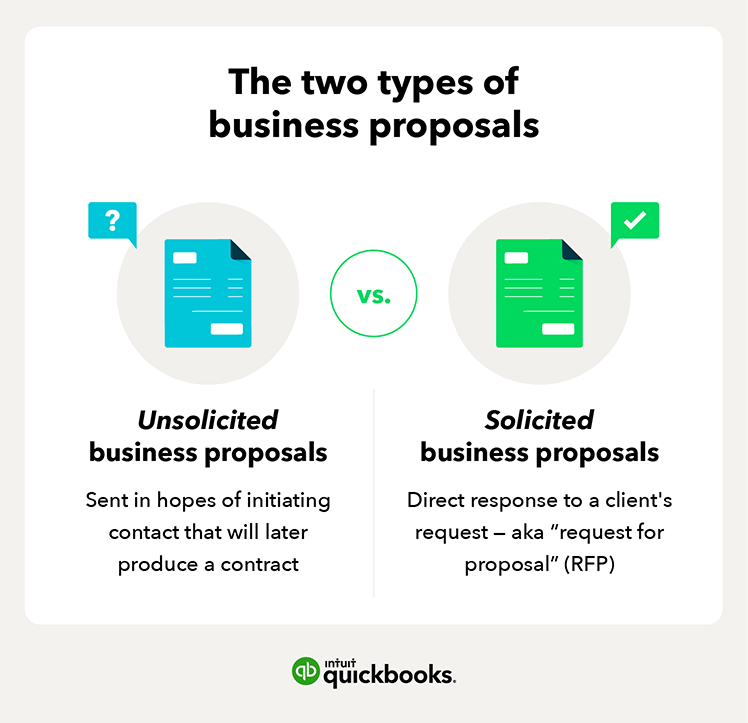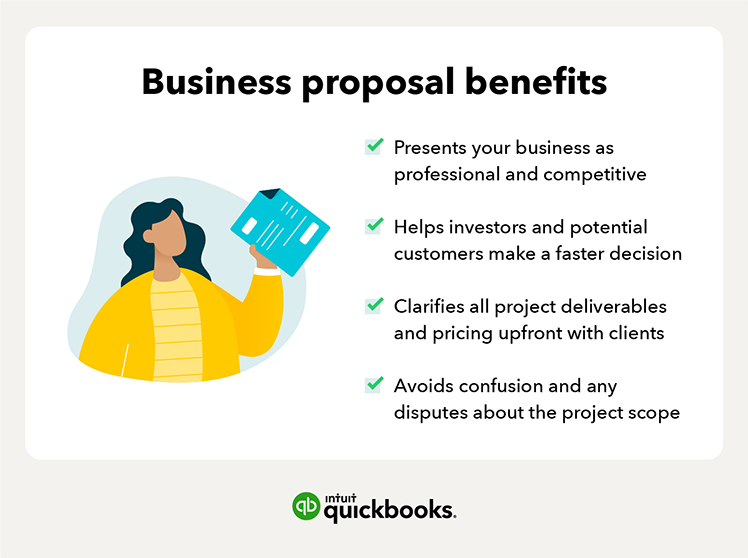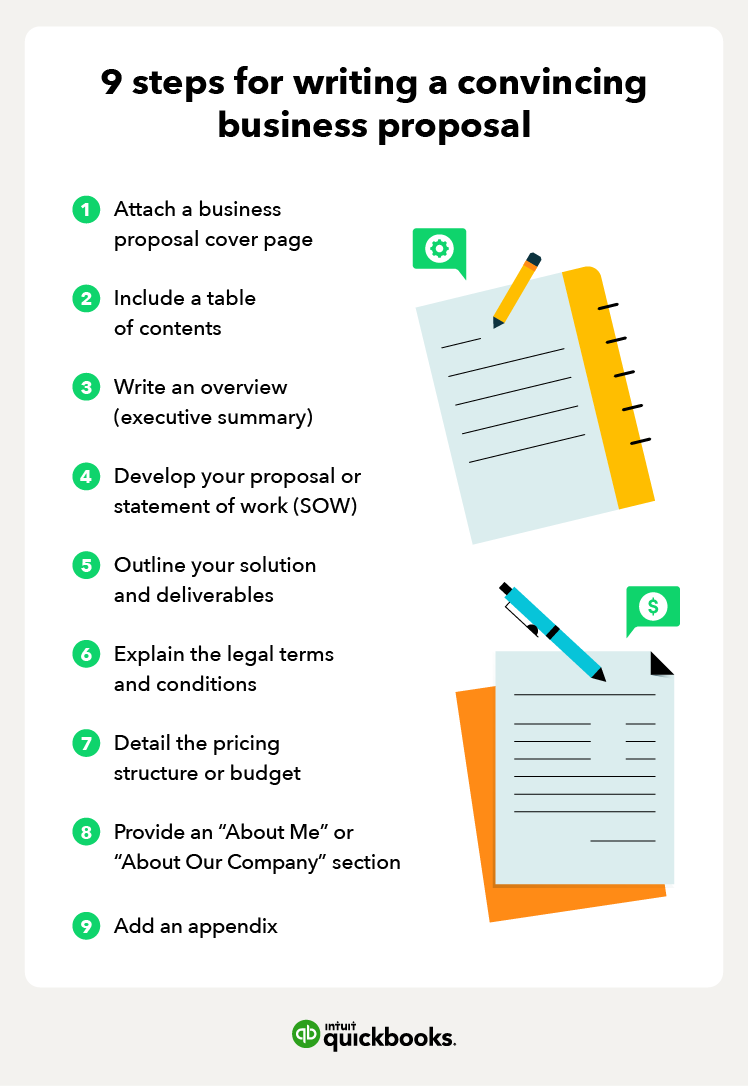Tips for writing a business proposal
A quality business proposal outline is a valuable tool that any business should use to investigate and launch new projects. Using the nine steps above, you can format your own templates to ensure a consistent and effective approach to business projects. For those who want to really dig deep into the perfect proposal, here are some additional tips to consider.
Tip 1: Create a thorough summary
As part of the summary, you’ll want to recap what the client has requested in order to confirm that what you heard from them is, indeed, what they need. Remember: This document will help you in a situation where a client asks for things that are out of the scope of the project that you had initially agreed upon.
Having these details in the document and getting the client to sign off on it is a tool you can use to make sure the project stays on track and that you get paid appropriately for your time and efforts.
Tip 2: Include appropriate pricing
If it’s a big project, break down your pricing for each of the expected deliverables. These are obvious requirements that must be presented in the budget. If it’s a smaller project, you might just provide an overall flat fee estimate for the entire project.
Tip 3: Create a business proposal cover letter
When you’re ready to send your proposal, draft a formal letter to attach to the document.
- Make sure to be brief, yet friendly and grateful for the opportunity to send the proposal to your customer
- Include your contact information
- Welcome any questions or concerns they may have about what you’ve provided
You don’t have to include the quoted price in the business proposal email or cover letter if you don’t feel comfortable. They’ll see it anyhow when they review the document you’ve attached.
After you’ve sent your business proposal letter, make sure to wait at least a week or two before following up. No news is often good news.
Business proposal example
A good proposal features goals that check off the SMART objectives listed earlier. If your stated goal doesn’t meet the criteria, find a way to make it more specific, measurable, achievable, relevant, or time-based.
You might also consider providing a detailed list to make it easy for the client to scan the information. For example:
[INSERT YOUR COMPANY NAME OR PERSONAL NAME IF A SOLOPRENEUR] will achieve the desired results described above by:
- First project phase: Describe the timing and assets you will deliver to the client, and what metrics or contingencies are related to completing this phase on time.
- Second project phase: Describe the deliverables and explain if the timing is reliant on client approval of the deliverables from the first task.
- Third project phase: Describe deliverables and explain if the timing is reliant on client approval of the deliverables from the previous tasks.
Continue this format until all of the stages, deliverables, and time frames have been identified. You can also add key metrics or key performance indicators to each phase to measure whether that part of the project completion will be a success.
The next steps for your business proposal
With the right business proposal design, your ideas can truly shine and win over those with the power to make your ideas and small business dreams a reality. But sometimes you might have to wait a few weeks or even months before that proposal turns into a contract.
If you haven’t already, set up an online invoicing system that offers professional templates and a standardized process for charging your clients for work completed, a monthly retainer, or recurring charges.
You will also need to think about other types of legal, tax, and business actions, and a way to easily keep track of your business performance including income, job time and expenses, and invoicing.
















